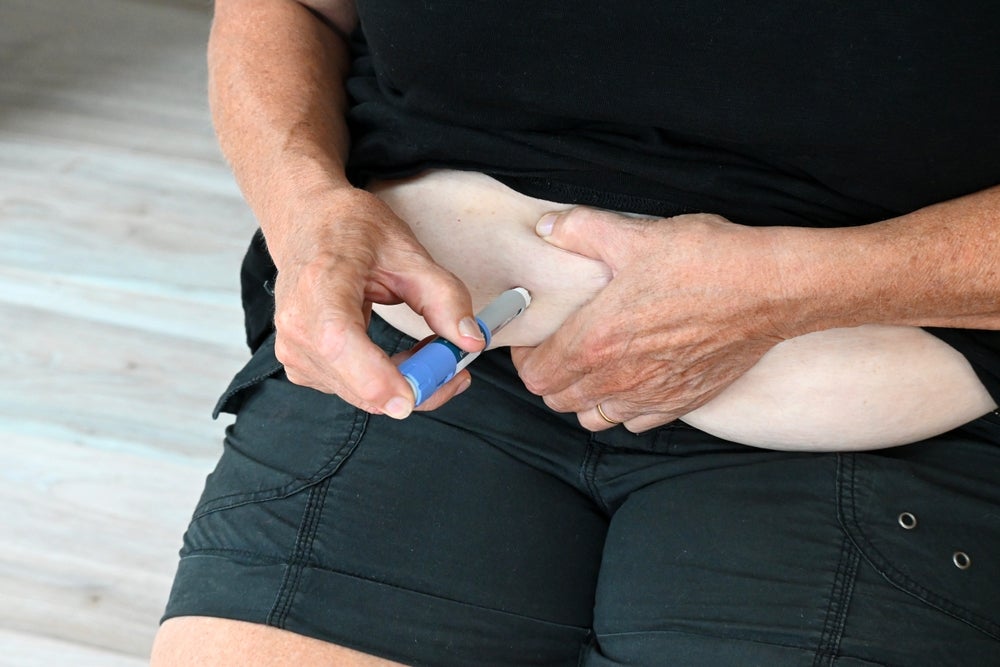Sanofi US has reported positive pooled analysis data from three Phase 3 studies of once-daily glucagon-like peptide-1 receptor agonist (GLP-1 RA), Lixisenatide, to treat type 2 diabetes mellitus.
In the three Phase 3 studies, GetGoal-L, GetGoal-L Asia and GetGoal Duo1, Lixisenatide was shown to decrease HbA1c by reducing postprandial glucose (PPG) when added to basal insulin with or without oral anti-diabetic agents (OADs).
Principal investigator Dr Matthew Riddle, professor of medicine at the Oregon Health & Science University Endocrinology, Diabetes and Clinical Nutrition division, said, "This analysis suggests that once-daily lixisenatide complements the effects of basal insulin on glycemic control mainly by reducing after-meal glucose levels."
In order to quantify the effects of lixisenatide on fasting plasma glucose (FPG) and PPG, about 753 patients were randomised in the studies with either once-daily lixisenatide along with standard of care or placebo along with standard of care.
Following a 24-week treatment, adjusted LS mean HbA1c (average blood sugar levels for the past two to three months) change with lixisenatide plus standard of care was -0.77% against -0.29% with placebo plus standard of care.
With similar reductions in BHG exposure between the groups, the decrease in PPG exposure was more with lixisenatide plus standard of care compared with placebo plus standard of care.
How well do you really know your competitors?
Access the most comprehensive Company Profiles on the market, powered by GlobalData. Save hours of research. Gain competitive edge.

Thank you!
Your download email will arrive shortly
Not ready to buy yet? Download a free sample
We are confident about the unique quality of our Company Profiles. However, we want you to make the most beneficial decision for your business, so we offer a free sample that you can download by submitting the below form
By GlobalDataThe most common adverse events noted were nausea, vomiting, diarrhoea and symptomatic hypoglycemia.
Sanofi US diabetes patient centred unit vice president and head Dennis Urbaniak said, "We are encouraged by these results that suggest the potential for lixisenatide to be the first once-daily prandial GLP-1 receptor agonist for the treatment of adults with type 2 diabetes in the US."







